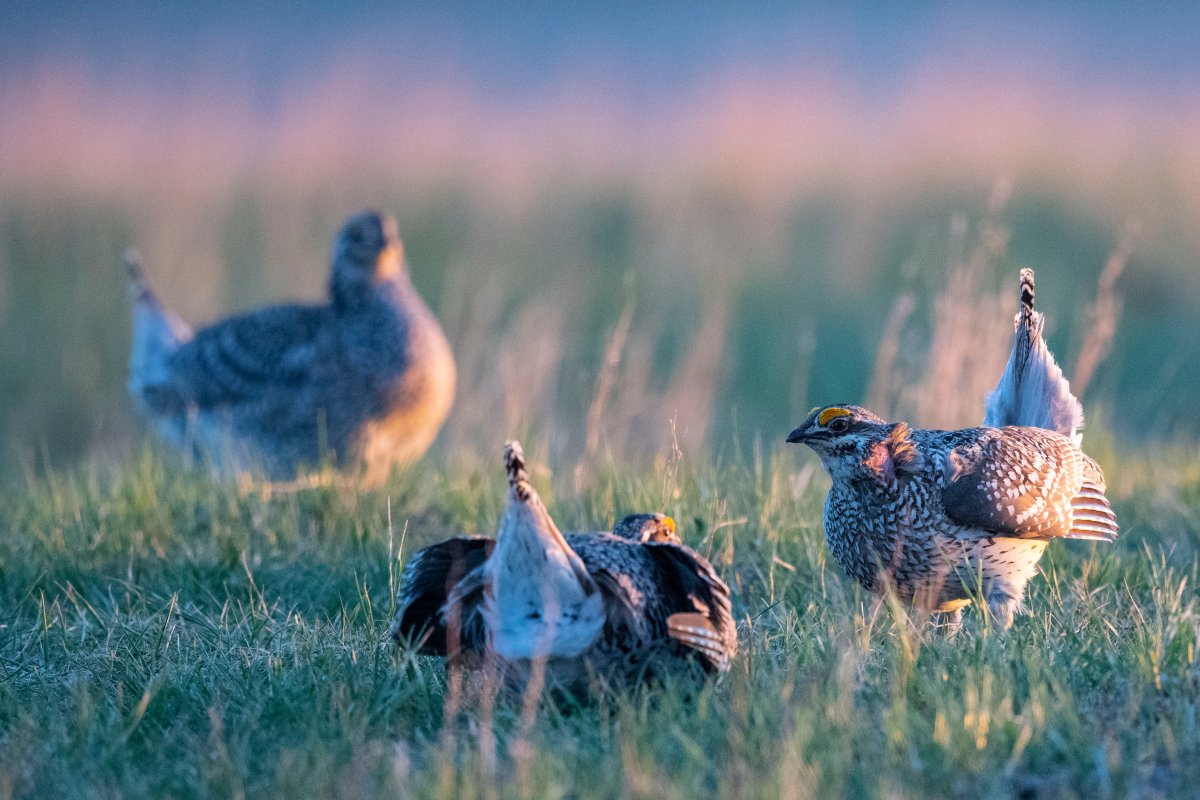World-renowned bird migration area in Saskatchewan to be protected by Nature Conservancy of Canada
The Nature Conservancy of Canada (NCC) in Saskatchewan is the new owner of a large section of endangered native grassland.

The property contains 646 hectares (1,598 acres) of grasslands and wetlands and is located along the eastern shoreline of Chaplin Lake, between Moose Jaw and Swift Current.
Temperate grasslands are one of the rarest and most at-risk ecosystems in the world and are a critical part of Saskatchewan.
The property and surrounding area are home to many plants and animals, including wildlife listed under Canada’s Species at Risk Act.
During spring and fall migrations, thousands of shorebirds use Chaplin Lake and the surrounding grasslands to stop and refuel or nest. Chaplin Lake is known for its remarkable birdwatching opportunities.
Over half of the world’s population of sanderlings stop to rest and feed there during their spring migration.
“What would happen if we didn’t step in to conserve this property forever?” said the NCC’s media relations director, Andrew Holland. “Who knows? But if it’s lost to other purposes that means thousands of birds could be displaced as well as different endangered species in this country.”
Over the past 25 years, Saskatchewan has lost more than 809,000 hectares (two million acres) of native grassland and now less than 20 per cent remains intact.
The government of Canada was a major contributor to this land purchase through its Natural Heritage Conservation Program, part of Canada’s Nature Fund.
“By working with partners like the Nature Conservancy of Canada, we are protecting Saskatchewan’s natural environment and building a healthier and more resilient future for our children and grandchildren,” said Steven Guilbeault, minister of environment and climate change.
The conservation site has been named in recognition of the Mackie family, who own the ranch that contains the land, and will continue to be used for cattle grazing to help keep the grasslands healthy and support the local economy.

No comments:
Post a Comment